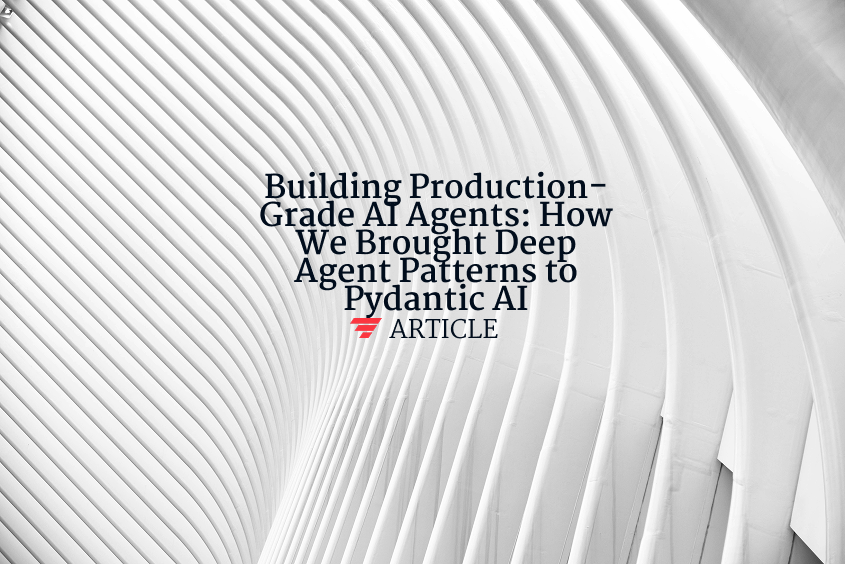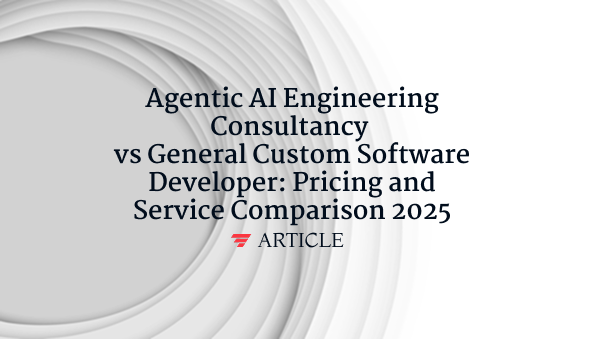Sematic Search
Sematic Search is an information-retrieval technique that ranks results by meaning rather than exact keyword match. It turns queries and documents into dense vectors—floating-point arrays—using language-model embeddings such as Sentence-BERT or OpenAI’s text-embedding-3-large. A vector database (e.g., Chroma, Pinecone, Milvus) computes cosine or dot-product similarity to surface conceptually related items, letting “apple health benefits” retrieve articles on fruit nutrition even if the word apple appears only once. Modern pipelines add a reranker cross-encoder for precision and may combine BM25 keywords with vector scores in a hybrid search. In large-language-model apps, Sematic Search is the retrieval layer in Retrieval-Augmented Generation (RAG), grounding answers with the most relevant passages before generation. Benefits include higher recall, language-agnostic queries, and resilience to synonyms; challenges involve embedding drift, vector storage cost, and the need for continuous evaluation to catch domain gaps.
Want to learn how these AI concepts work in practice?
Understanding AI is one thing. Explore how we apply these AI principles to build scalable, agentic workflows that deliver real ROI and value for organizations.




